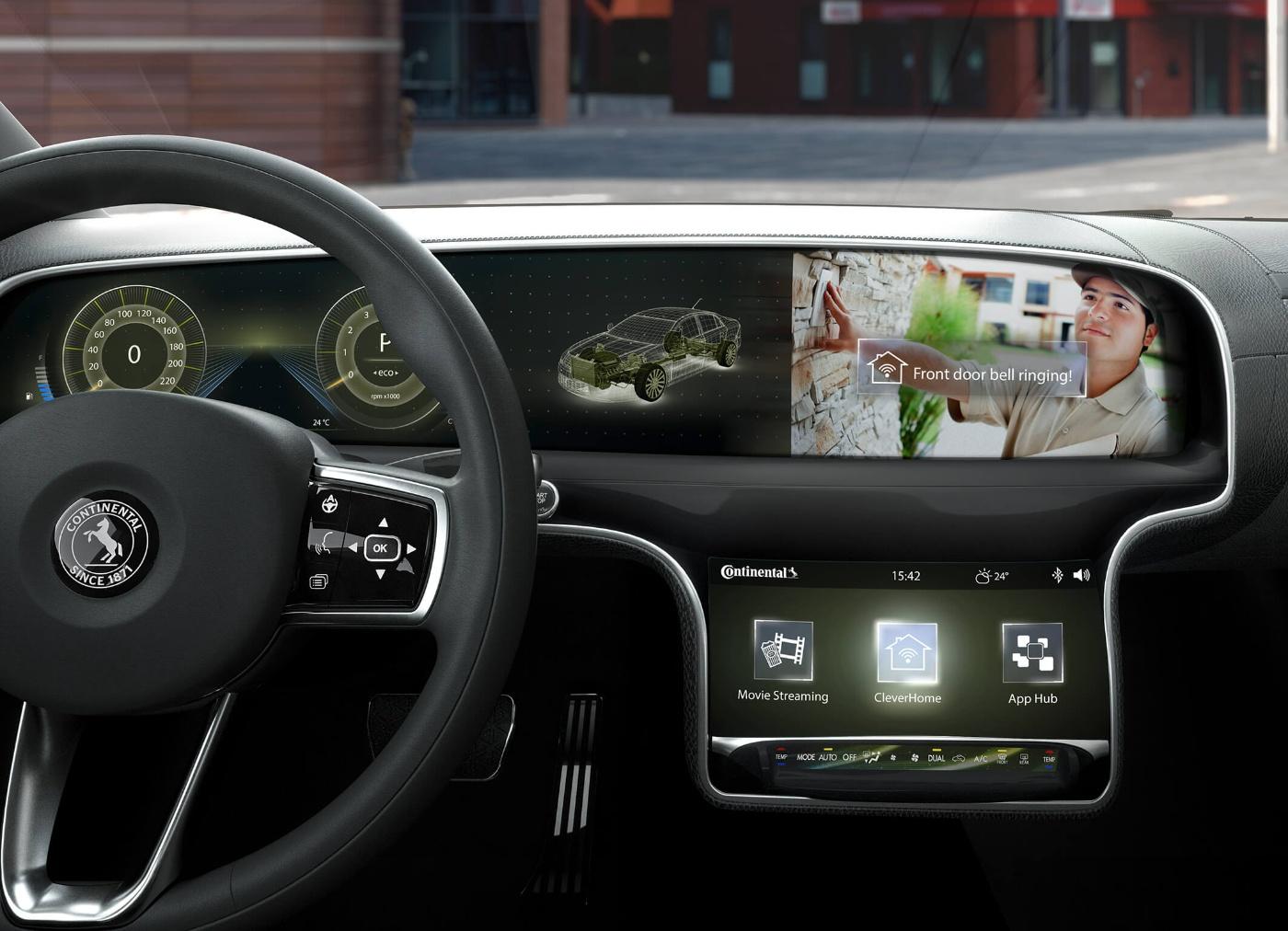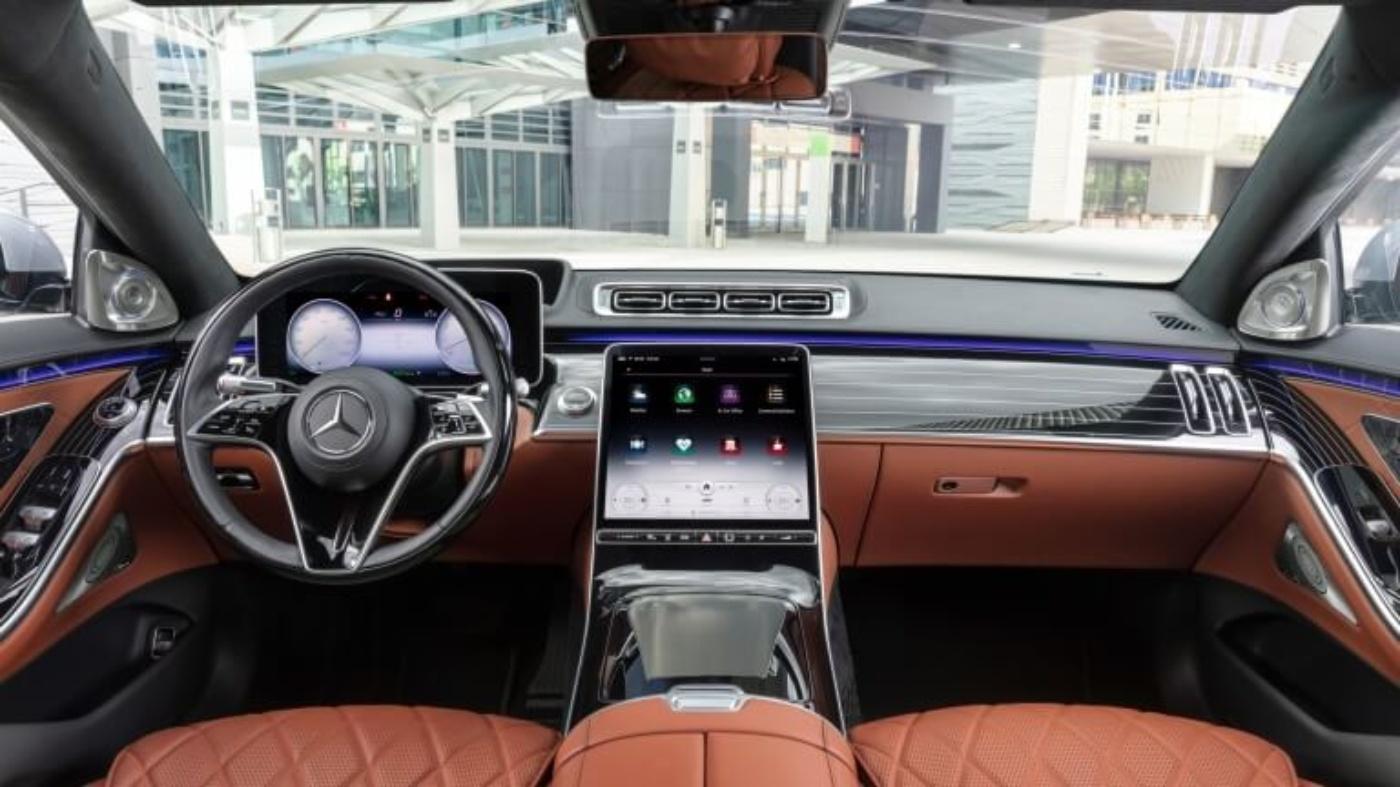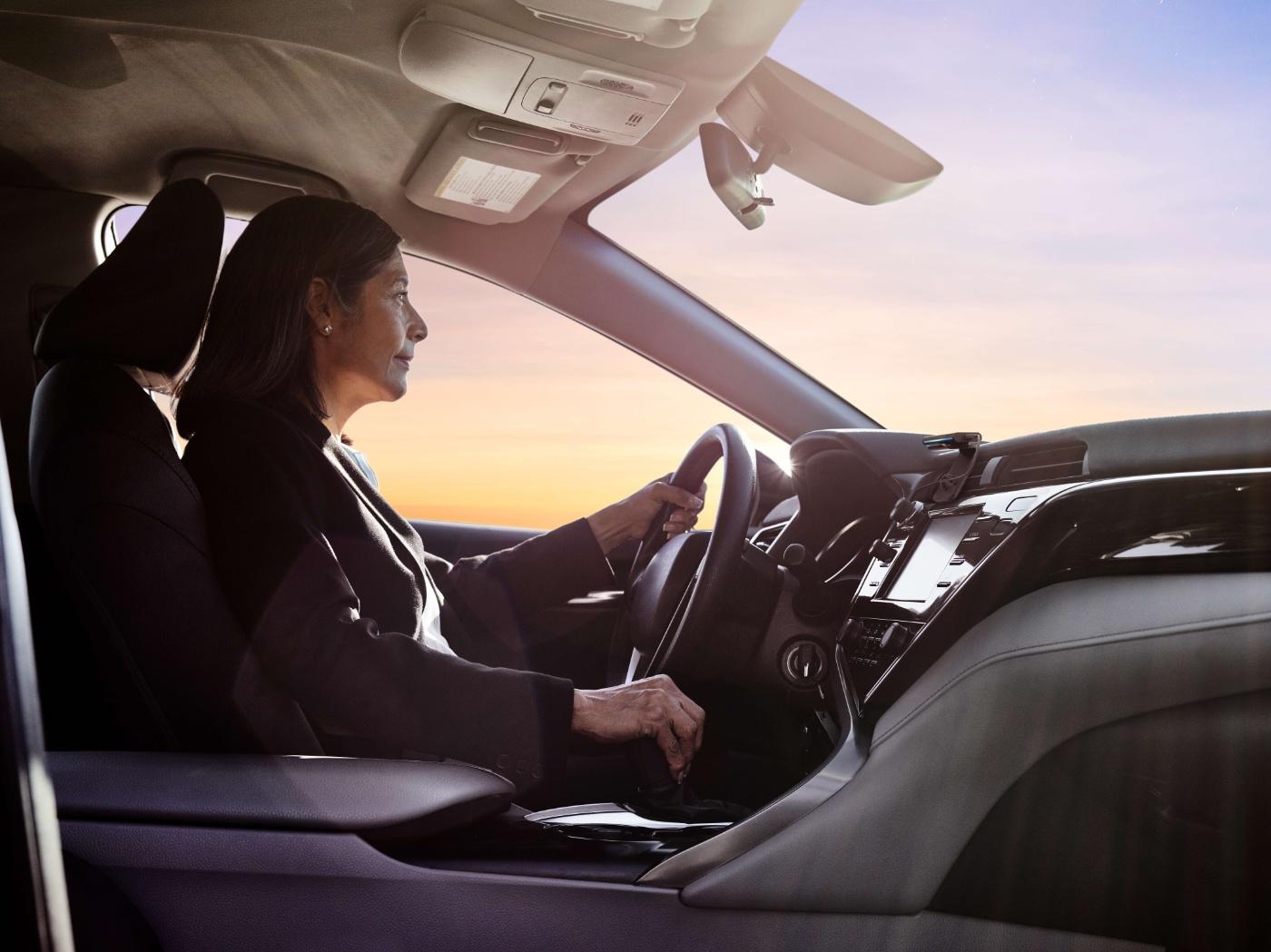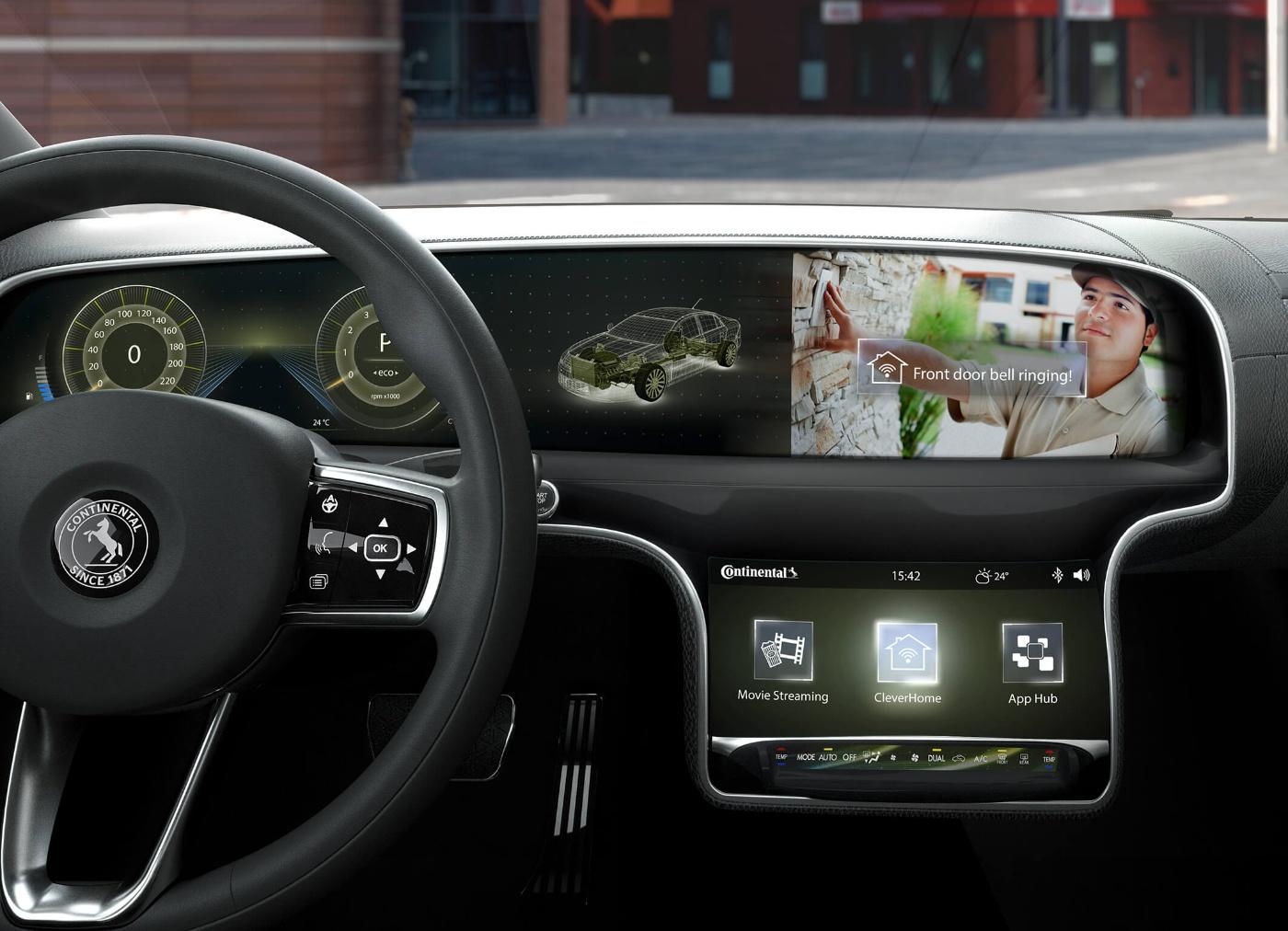
Urban Mobility
A good connection: How Smart Home and Smart Car are coming together
Via networking and smartphone app, we can keep an eye on home even while out and about. Smart tech is increasingly finding a home in our cars too. Here’s an overview of what is already possible. Photo © Continental
“Did I leave the electric hob on? And what about the iron?” Questions like these used to occur regularly – not just immediately before setting off on holiday, but also on a daily basis. Thanks to the progressive advance of connectivity, you can now check such things, even when away from your own four walls: Smart Home is the clue. It’s where radio connectivity enables multimedia devices and household equipment to be smartly connected.
Car manufacturers and suppliers have long recognized the potential of this connectivity – ultimately, our cars too are increasingly becoming smartphones on four wheels. As connected cars and automated driving move tangibly near, Smart Home and Smart Car connectivity is not far off. Indeed, quite a lot is already possible.
The technology works with connectivity and anticipation
The most important argument for connectivity is the total ban on using your mobile phone while at the wheel. Well-integrated assistants avoid unnecessary distraction and enhance comfort. Tap the screen once or give a voice command as you pull out of the garage, and a whole chain of reactions is triggered: The lights are switched off, the garage door closes, and the robot vacuum cleaner sets to work. Once that has done its job, the alarm system activates. And it’s the other way round as you head home: We can turn up the heating before we get home, switch on a light or turn on the washing machine so that it finishes its cycle just as we arrive. And it operates even more easily if “geofencing” is employed. As soon as the car gets within a certain range and the navigation is set for home, the smart system kicks in. With the right set-up, it can even ensure a freshly-brewed coffee is waiting when you arrive.
Realizing this vision requires suitably connective and compatible household devices, sometimes a networking hub, and of course WLAN. For cars, there are various options:

Connectivity via the installed browser
As early as 2015, if you owned a Tesla Model S it was possible to control your smart home via the browser installed on the infotainment system: For this, the provider digitalSTROM offered a browser-based app via which it was possible to log in and control functionalities at home. Collective commands such as “I’m coming home” then meant that the heating was turned up or the outside lighting was switched on.
Connectivity using integrated apps
Mercedes is integrating the smart home into its own control logic, in cooperation with Bosch. Using the “Hey Mercedes” voice command system, the driver of a new S-class car can tell the system to turn up the heating at home and open the garage door. Bosch is offering an open platform for this, meaning that other car manufacturers are also able to work with this technology.
Renault, in collaboration with the start-up Otodo, has similarly exhibited an option for connecting car and home: An app is used to define the objects to be connected. With this arrangement, there are two scenarios: Leaving Home and Arriving Home. Leaving Home disables selected devices or puts them in stand-by mode. With Arriving Home, the system recognizes when the car is approaching home – and the house readies itself for its owner.

Controlling the Smart Home via smartphone integration
Just over half of Germans already used a voice assistant to listen to music, to read out recipes or to set a timer in 2020. By far the most popular of these was the Google Assistant (23 percent), followed by Amazon’s Alexa (18 percent) and Apple’s Siri (15 percent). If it is also connected to smart household devices or lights, these can also be controlled from the car – Google and Apple are already offering seamless connectivity, via Android Auto and Apple CarPlay. This is the cheapest mass-market option for integrating the smart home into the car: Compatible apps are displayed on the infotainment screen.
With Volkswagen or BMW, it is possible, for instance, to download Telekom’s Magenta SmartHome app and use it to control Smart Home functions directly via the in-car display, without needing to physically pick up your mobile phone while on the move. It is even possible to access still images from installed CCTV cameras. Samsung is similarly offering an app that is compatible both with suitable household devices and with in-car smartphone integration.
Amazon’s Alexa is also installed in some systems of new cars from certain manufacturers. These include VW, BMW and Ford. In these cars, the driver can also access functions such as central locking. Alexa is also available as a retrofit solution (Echo Auto).

The car controls Smart Home – and Smart Home controls the car
Connectivity doesn’t just mean being able to check on the current status of the dishwasher. Together, Smart Home and Smart Car can do so much more: At BMW, for instance, it is possible for owners to control their car via voice command from home, using Amazon Echo. This allows the owner to check on the car’s condition, or even activate the auxiliary heating if it is cold in winter.
In combination with smart wall chargers, e-cars can be charged at precisely those times when electricity is cheapest – or supply the home with stored energy. Conversely, electric cars can draw down overproduction from the grid if, for instance, the network is flooded with surplus electricity from solar and wind-power in the middle of the day on windy days.
Challenges for manufacturers
The transition between all systems and locations needs to be as smooth as possible. This places high requirements on the IT infrastructure and on the compatibility of the equipment. For instance: If children in the back are watching a film in the connected car, the film should resume back home at the point where it stopped in the car as you reached home.
Key issues include trouble-free operation and ease of expandability. And on top of that comes the most important aspect of all: IT security. Accordingly, car manufacturers and all other software developers need to invest in software development, develop cloud-based services and adapt development processes in order to operate in a quicker, more agile and interactive manner. If they succeed in this, then the car and our home will increasingly merge together.
